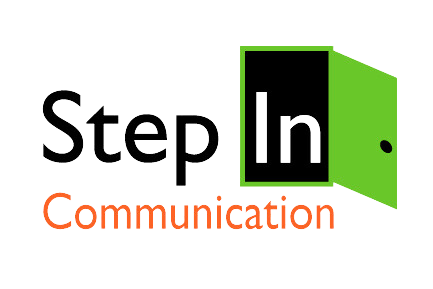 We all learned the concept of giving proper credit in school. In research and composition, we called it “giving attribution.” The concept is not new and ethical communicators have always been very careful about using attribution.
We all learned the concept of giving proper credit in school. In research and composition, we called it “giving attribution.” The concept is not new and ethical communicators have always been very careful about using attribution.
The intense competition for activity on social networks, however, is making attribution a hot topic once again. The most recent “poster child” for lack of attribution involves a clever deception. A prolific Facebook user claims videos as his own, using a large FB following and advanced video capture software to re-post and re-claim videos. This story on Steamfeed explains it with a lot of images.
I won’t send you to the actual videos the story claims he has stolen, because then you’re giving more views to a piece of content with questionable credibility.
Is this obvious theft? Some say it is. At the very least, it violates the ethics of a number of organizations, and is not a good business practice — most of us would never counsel our clients to engage in this kind of behavior. It does serve as a great reminder of things that smart business owners can to do make sure that they are sharing well-sourced material.
Practice Digital Literacy
It’s so easy to get caught up in the excitement and flow of information on social networking sites, but it’s too easy to lose track of where you are. Be digitally literate by following the guidelines in Andrea Weckerle’s book Civility in the Digital Age. She offers three principles for examining credibility of sources:
- Examine the source of the information
- Examine authorship
- Examine credibility of the information
“Our modern challenge now consists of trying to sift through the mass amount of data at our fingertips and find qualitative and credible information,” Weckerle says in the book (page 173).
Curate Carefully
As a business person, you no doubt are trying to navigate the mix of content creation and content curation, by sharing things that might interest your fans and followers or things that might align with your brand. Curating carefully includes clicking through to the original source of the material and making sure the site is legitimate and the author transparent.
Give Attribution Freely
Even if you’ve asked permission from a photographer to use a photo, or are forwarding something (like creating a Pin on Pinterest), give additional clarity to the communication with attribution in your accompanying text. Something like: “special thanks to Sue Smith for giving us permission to use this photo.” Michelle Phan, the famed YouTube makeup demonstrator, might be rethinking the concept of attribution, as she is currently being sued by a record company for use of a piece of music in one of her videos. According to the story in Media Bistro, millions of dollars are at stake.
Protect Your Assets
For media creators, it’s important to protect the assets you own. The first line of defense is to copyright your work, but that won’t keep people from using things without your permission. Many of today’s writers and artists are so willing to share their work, that they implement Creative Commons Licensing. In many cases, the person who desires to use the work need only link back to the creator when they use it. Sounds simple, right?
Not always.
Nan Palmero, a business and technology expert, has a robust Flickr site and shares hundreds of photos. He simple asks that the user link back to his website or his Flickr feed. But recently, he’s come across two sites who wouldn’t comply.
“I hate it when people and brands do this. I’m experiencing this with movoto.com right now. They keep using my photos for their “listicles” and I want them to link back but all they do is put my name on it,” says Palmero. “I don’t find that to be sufficient “payment” for using my photos. People should be compensated the way they want for their content. If the buyer feels the price is too steep, you don’t sell.”
How does he discover these violations?
“I do a Google search for my name, periodically. If I see use without a link back, I send a tweet or email asking to have it fixed. 9 out of 10 times people comply.”
Whether it’s videos, music photography or written works, everyone deserves credit for their original creations.
